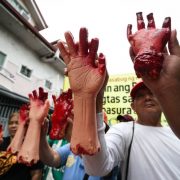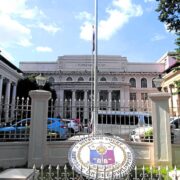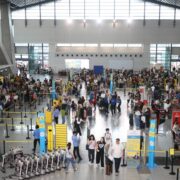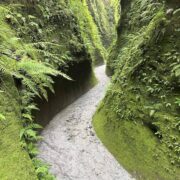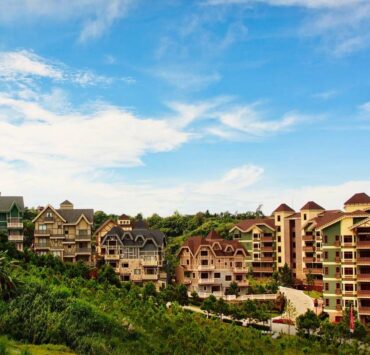How belief shapes the landscape
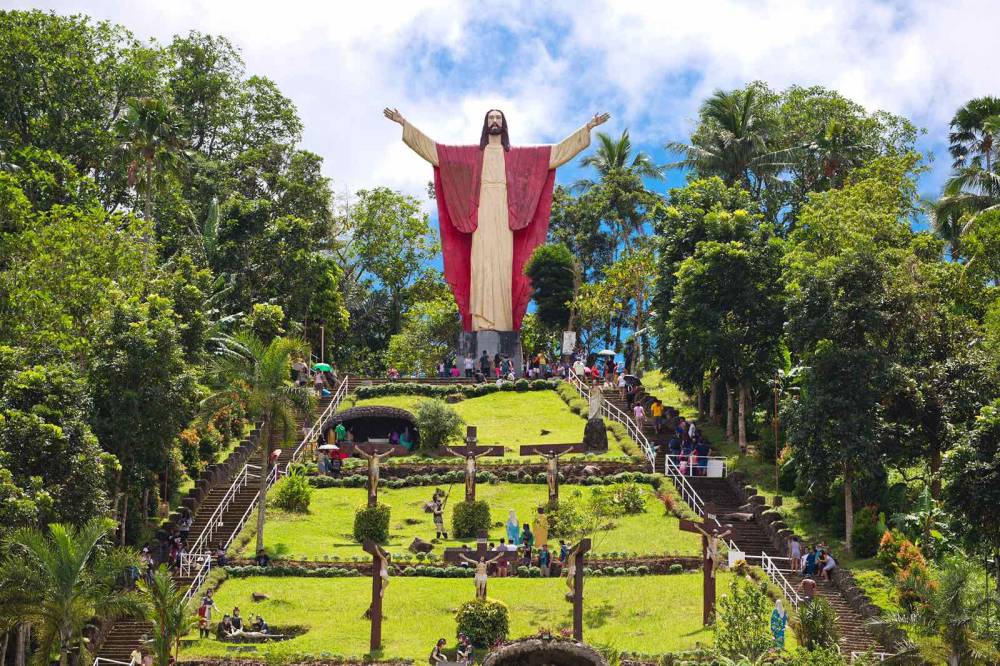
Holy Week in the Philippines reshapes the landscape of travel, worship, and cultural reflection.
As a predominantly Catholic country, Filipinos actively observe this sacred week by blending solemn spiritual practices with ritualistic tourism. People often overlook how specific destinations across the archipelago have either been intentionally designed or naturally evolved to host these intense periods of reflection, devotion, and public congregation.
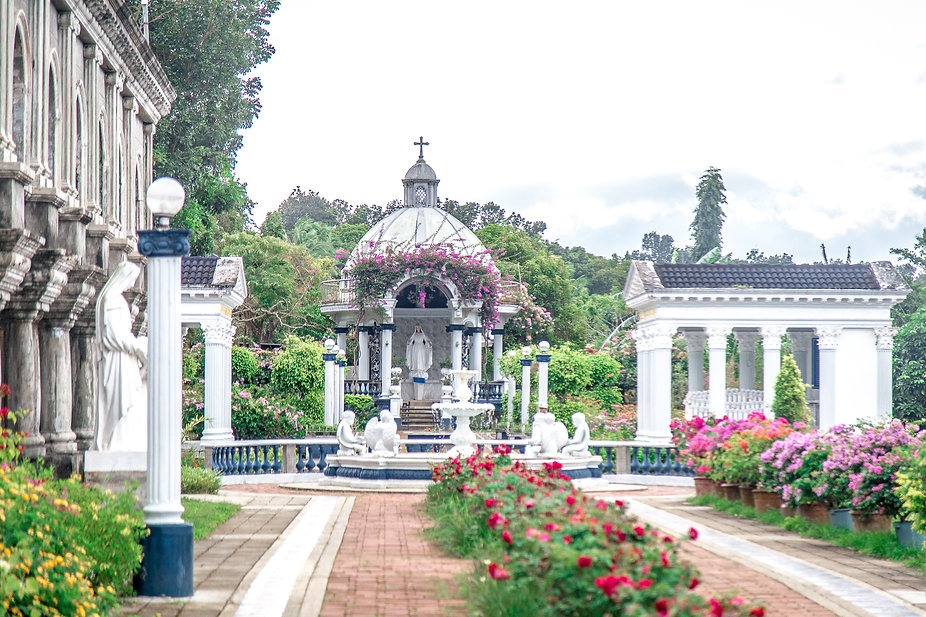
Where faith meets architecture
During Holy Week, churches become focal points of activity, from the solemnity of Maundy Thursday to the mourning of Good Friday and the jubilant processions of Easter Sunday.
Many heritage churches in Pampanga, Bulacan, and Iloilo were designed with long processional aisles, expansive open plazas, and adjacent conventos to accommodate regular masses and seasonal religious events attended by throngs of devotees.

Grottos and the path to Calvary
Outside city centers, many pilgrimage destinations cater to Holy Week travelers.
Grottos, stations of the cross, and man-made Calvary Hills rise from town centers and mountain slopes across the country. Kamay ni Hesus in Lucban, Quezon, and the Grotto of Lourdes in San Jose del Monte, Bulacan have evolved into architectural and sculptural complexes that attract both the faithful and the curious. These sites often guide visitors through a vertical journey of ascent and descent, mirroring Christ’s path to Calvary.
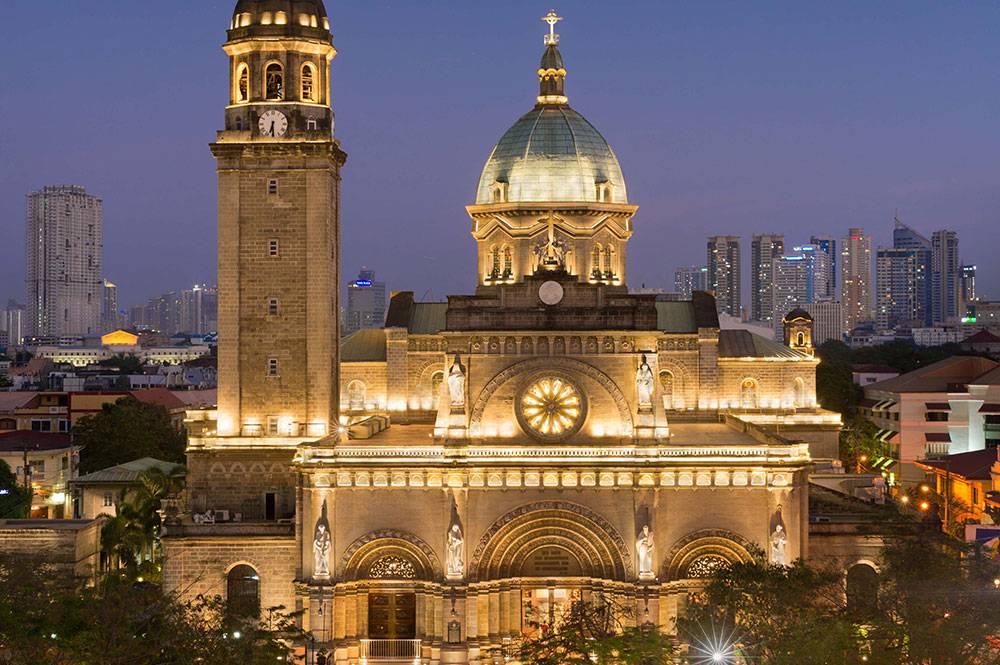
Holy Week’s temporary urbanism
Holy Week generates temporary settlements around popular religious sites in many provincial areas.
Bamboo stalls, food kiosks, prayer booths, and first-aid tents form short-lived communities. Though lacking formal architectural pedigree, these pop-up environments follow an instinctive spatial order based on proximity to sacred sites, pedestrian movement, and the schedule of religious events.
Some local governments and church organizations have begun coordinating with architects and urban planners to improve these seasonal zones. Sanitation, crowd control, and emergency access are now central to planning high-traffic Holy Week locations, particularly in regions where visitor numbers surge to tens of thousands.
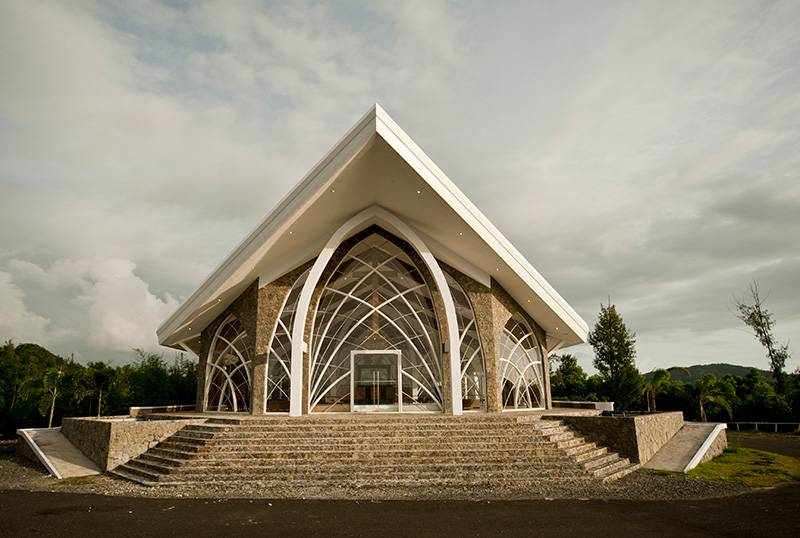
The landscape as a participant
Hills, riverbanks, forests, and shorelines become integral backdrops to Holy Week observances. Coastal towns host passion plays at sunset, while hillside stations of the cross offer both penance and panoramic views.
Designing with terrain means aligning faith experiences with physical exertion. Climbing toward a crucifix or descending into a grotto demands physical and spiritual surrender.
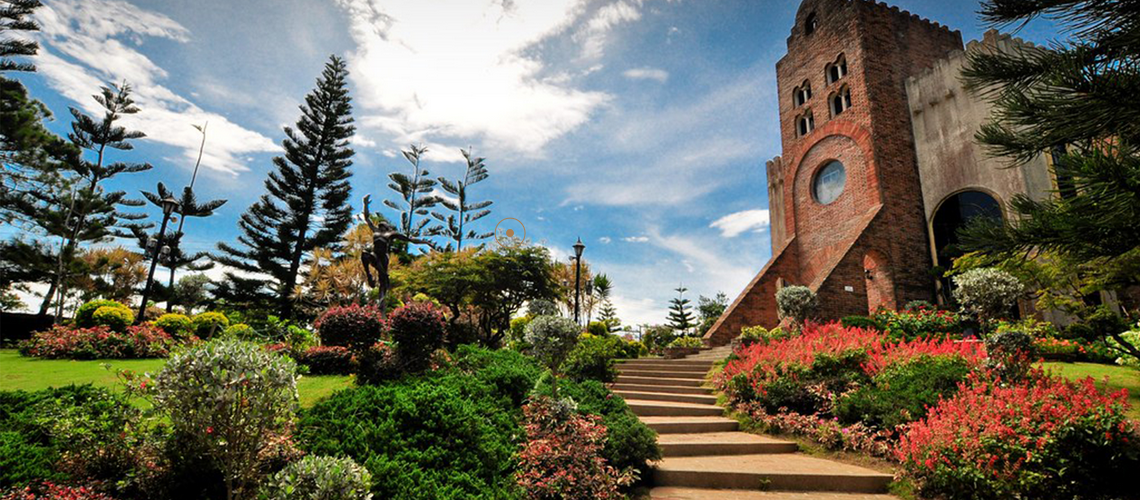
Reimagining pilgrimage spaces
Contemporary chapels set within eco-parks, minimalist shrines of concrete and glass, and multi-faith meditation gardens are introducing new ways to engage with faith. These places provide quieter, more personal spaces for reflection, especially for younger Filipinos who seek spiritual connection without performative rituals.
Wider sidewalks, pedestrianized zones during processions, designated drop-off points, and regulated parking demonstrate how civic planning responds to sacred events. Faith continues to shape the physical character of Philippine towns, cities, and even remote barangays.
The country’s architecture on faith thrives in the fleeting, the symbolic, and the shared. Pilgrimage here becomes a renewal of space as much as of spirit, grounding devotion in the places that shape our collective memory.
The author (www.ianfulgar.com), is a leading architect with an impressive portfolio of local and international clients. His team elevates hotels and resorts, condominiums, residences, and commercial and mixed-use township development projects. His innovative, cutting-edge design and business solutions have garnered industry recognition, making him the go-to expert for clients seeking to transform their real estate ventures








